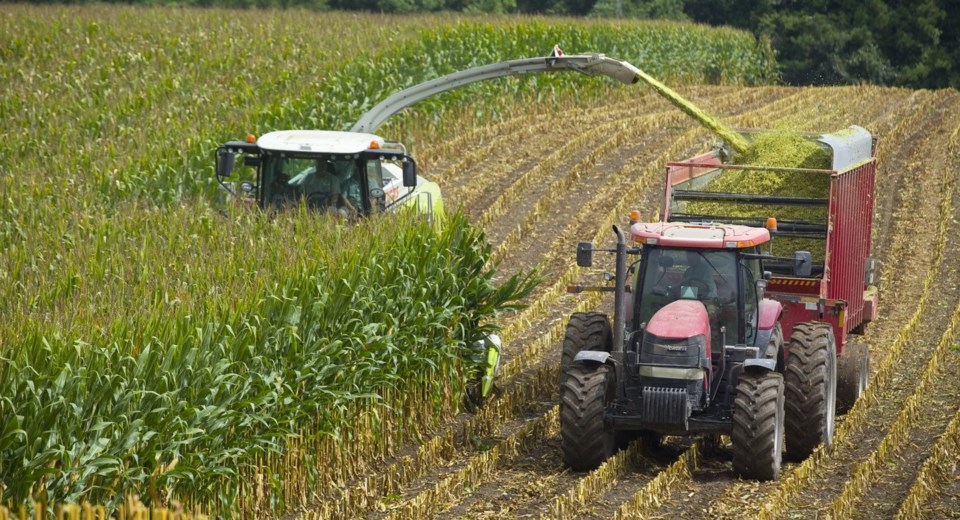Ontario’s agriculture leaders are calling on the federal government to make changes to a key risk-management program to help farmers survive the volatile markets created by the COVID-19 pandemic.
Many industry organizations, along with Ontario’s Agriculture Minister, are urging the federal government to lower the threshold to qualify for the AgriStability program.
Currently, farmers have to demonstrate gross revenue losses of 30 per cent before they can trigger support payments from the program.
Leaders from groups like the Beef Farmers of Ontario and the Grain Farmers of Ontario are requesting this be lowered to 15 per cent.
“This has been a very difficult year with farmers facing increased pressures due to COVID-19,” Agriculture Minister Ernie Hardeman said in a release. “We believe this is a national problem and it requires a national solution.”
AgriStability is a risk-management program offered through the Canadian Agriculture Partnership, a federal-provincial partnership, that helps protect farmers from substantial losses.
About 9,000 Ontario farms are enrolled in the program.
The pandemic has hit the province’s grain sector particularly hard, said Markus Haerle, chair of the Grain Farmers of Ontario.
Surveys of their members showed 40 per cent of grain farmers are concerned about surviving the virus crisis.
Haerle said the ethanol market has dropped about 50 per cent, hurting Ontario farmers with deferred or cancelled contracts.
Corn prices have dropped and Canadian soybeans haven’t recovered from the pre-COVID loss of Chinese markets, Haerle said. Soybean prices are 15 per cent below the 10-year average.
“We’re basically getting hit at multiple levels,” he said. “The COVID crisis has escalated us into a higher level of concern.”
He said government emergency loan programs, while valuable, aren’t enough for farm businesses.
“You can never borrow yourself out of debt,” Haerle said.
It’s important that farmers survive, not just because of role they play in Canada’s economy, he said, but also because they are the cornerstones of the region’s small, rural communities.
Haerle said immediate changes to the AgriStability program would boost farmer confidence and prevent the businesses from sinking so low that they can’t recover.
“The way the (AgriStability) program is today, it’s meant that you are not going to have to declare bankruptcy,” Haerle said. “But do we want to wait to get our agriculture industry down to a level that we’re just barely scraping by?”
Federal Agriculture Minister Marie-Claude Bibeau said the ministry's business risk management programs could pay out up to $2 billion to farmers this year.
At the peak of the pandemic, changes were made to the AgriStability program, boosting interim payments from 50 per cent to 75 per cent and extending the deadline to apply.
Bibeau said she is open to making continued improvements to programs.
“Our government has been very clear that we will continue to work with provinces and territories to improve the suite of business risk management programs, with a focus on AgriStability,” said Bibeau. “We are working on a national approach that is fair across the different sectors and across the provinces and territories.”




